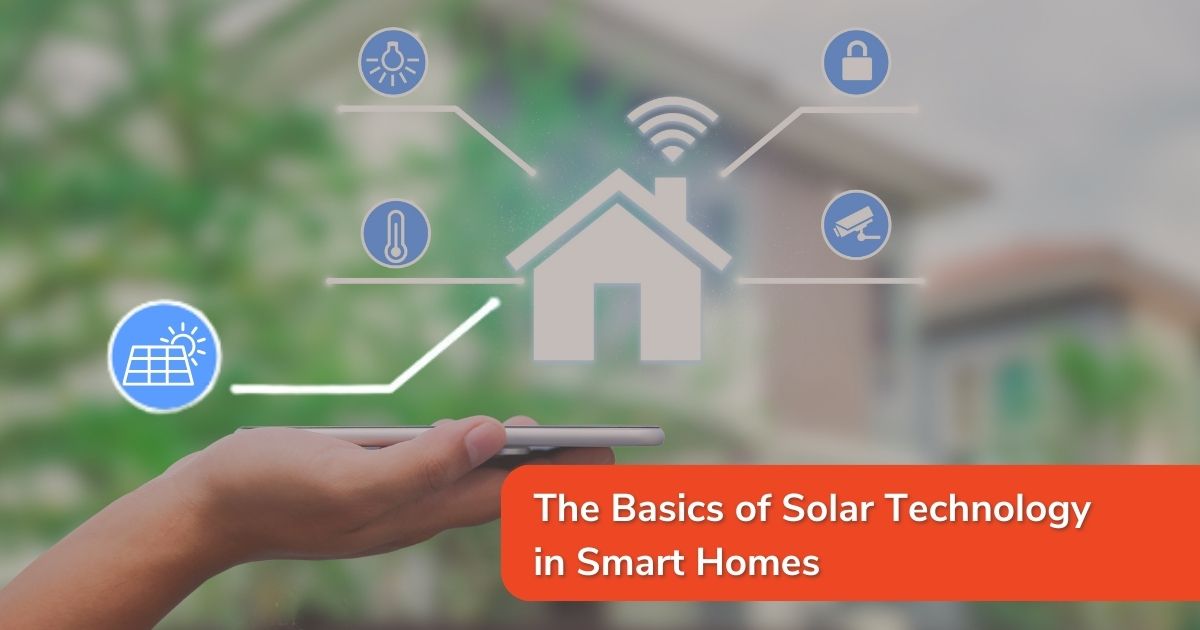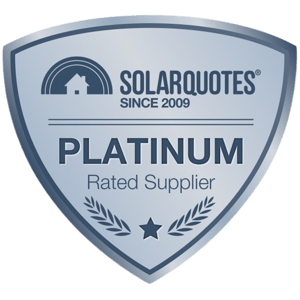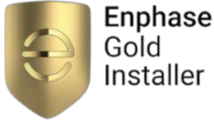The Basics of Solar Technology in Smart Homes

In the ever-evolving landscape of modern living, smart homes have emerged as a popular trend in Australia. These technologically advanced residences leverage innovative solutions to enhance convenience, security, and sustainability. One key element driving the shift towards smarter living is the integration of solar technology. This article aims to provide Australian residents with a comprehensive understanding of the basics of solar technology in smart homes.
Understanding Solar Technology
At the core of solar-powered smart homes are Photovoltaic (PV) panels. These panels harness the abundant sunlight in Australia to generate electricity. Through a process known as the photovoltaic effect, sunlight is converted into electrical power, offering a sustainable and clean energy source for residential use. It's crucial for homeowners to explore the types of PV panels suitable for Australian conditions, considering factors such as efficiency and durability.
Another essential component is the solar inverter, responsible for converting the direct current (DC) generated by the PV panels into the alternating current (AC) used in households. Inverters come in various types, including string inverters, microinverters, and power optimisers, each with its own set of applications and benefits.
To enhance the efficiency of solar systems, battery storage systems play a vital role. These systems store excess energy generated during the day for use during periods of low sunlight or high energy demand. Homeowners have various battery technologies to choose from, such as lithium-ion and lead-acid batteries, each offering different performance characteristics.
Integration with Smart Home Systems
The synergy between solar technology and smart home systems is pivotal for maximising energy efficiency. Connecting solar systems to home automation allows for seamless control and monitoring. The integration ensures that energy consumption aligns with solar production, optimising the overall efficiency of the smart home.
Smart controls enable homeowners to manage and regulate energy usage through intuitive interfaces. Whether it's adjusting lighting levels, controlling heating and cooling systems, or monitoring appliance usage, these controls empower residents to make informed decisions for a more energy-efficient lifestyle.
Advantages of Solar Technology in Australian Smart Homes
The adoption of solar technology in smart homes brings forth a myriad of advantages, making it an appealing choice for Australian residents.
One of the primary benefits is increased energy efficiency. By generating electricity onsite, smart homes reduce their reliance on the grid, resulting in lower electricity bills. This not only saves money in the long run but also contributes to a more sustainable and environmentally friendly lifestyle.
Moreover, solar installations have been shown to increase property values. With a growing demand for eco-friendly homes in the Australian real estate market, prospective buyers are increasingly considering the long-term benefits of solar-powered residences.
Australian residents can also take advantage of various government incentives and rebates aimed at promoting the adoption of solar technology.
Environmental Impact
The environmental impact of solar-powered smart homes extends beyond individual households. By harnessing clean energy from the sun, residential solar systems contribute significantly to reducing carbon emissions and mitigating the impact of climate change.
The clean energy installations is substantial. As more homes transition to solar power, the overall carbon footprint of the residential sector decreases, aligning with global efforts to combat climate change.
Additionally, adopting solar technology promotes sustainable practices among homeowners. It fosters a sense of responsibility towards the environment, encouraging individuals to make conscious choices that benefit not only their households but also the broader ecosystem.
Potential Challenges and Solutions
While the benefits of solar technology in smart homes are evident, it's essential to address potential challenges that may arise. One common concern is the initial investment required for solar installations. Homeowners should be aware that, despite the upfront cost, the long-term financial benefits far outweigh the initial expenses. Together with government incentives and rebates, homeowners can now take advantage of pay-as-you-save schemes, providing a pathway to lower upfront costs and true zero-interest options. As technology advances, the cost of solar installations continues to decrease, making it a more accessible and cost-effective solution.
Maintenance and durability are also key considerations. Solar systems, designed with minimal moving parts, require little maintenance. Ensuring the durability of components, especially in diverse weather conditions, involves selecting high-quality materials and regular inspections.
Choosing the Right Solar System for Your Home
Selecting the right solar system for a home involves a thoughtful assessment of energy needs. Homeowners should determine the appropriate size of the solar system based on their energy requirements. Achieving a balance between energy production and consumption is essential for optimal results.
Researching reliable installers is equally crucial. Choosing reputable solar installation companies ensures the proper setup and maintenance of the system. Checking certifications and customer reviews provides valuable insights for making an informed decision.
Conclusion
In conclusion, the integration of solar technology in smart homes is a transformative step towards a sustainable and energy-efficient future for Australian residents. The understanding of PV panels, inverters, battery storage systems, and their seamless integration with smart home systems empowers homeowners to make informed choices.
The advantages of solar technology, from increased energy efficiency to positive environmental impact, make it a compelling option. While potential challenges exist, they can be mitigated through careful consideration and the ongoing development of solar technology.
As the Australian real estate market continues to embrace eco-friendly living, solar-powered smart homes stand as a testament to the fusion of technology and sustainability. By adopting these innovations, residents not only enhance their quality of life but also contribute to a cleaner and greener future.
Take the first step towards a greener tomorrow! Reach out to Smart Energy Answers now for tailored solar solutions, expert advice, and assistance in making environmentally conscious choices.
%20(1).png?width=265&height=96&name=www.smartenergyanswers.com.auhs-fshubfsSmart%20Energy%20Answers%20Logo%20(HIRES)%20(1).png)

.png?width=514&height=121&name=Tesla%20Powerwall%203%20(new).png)







